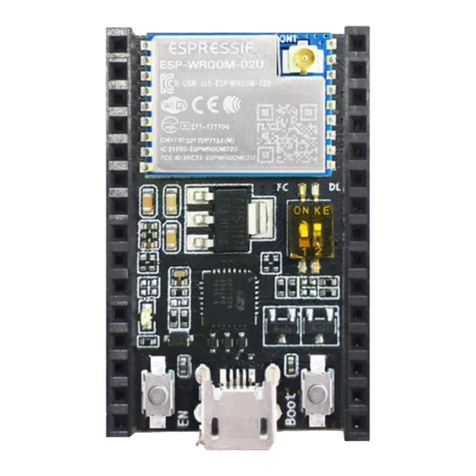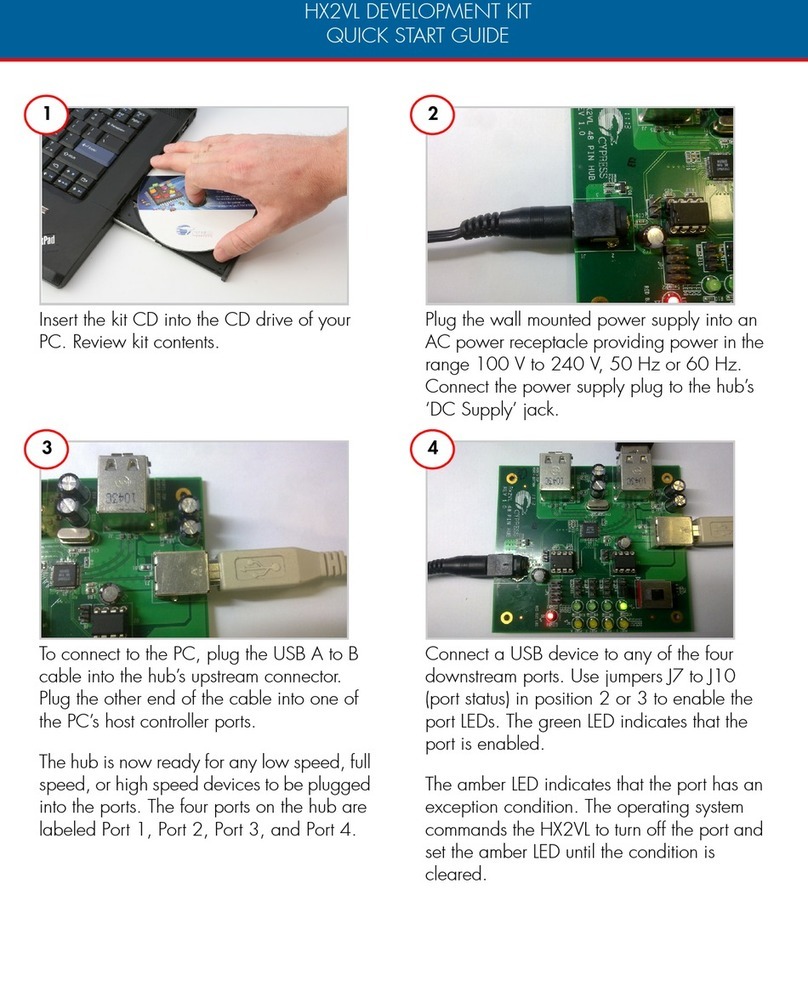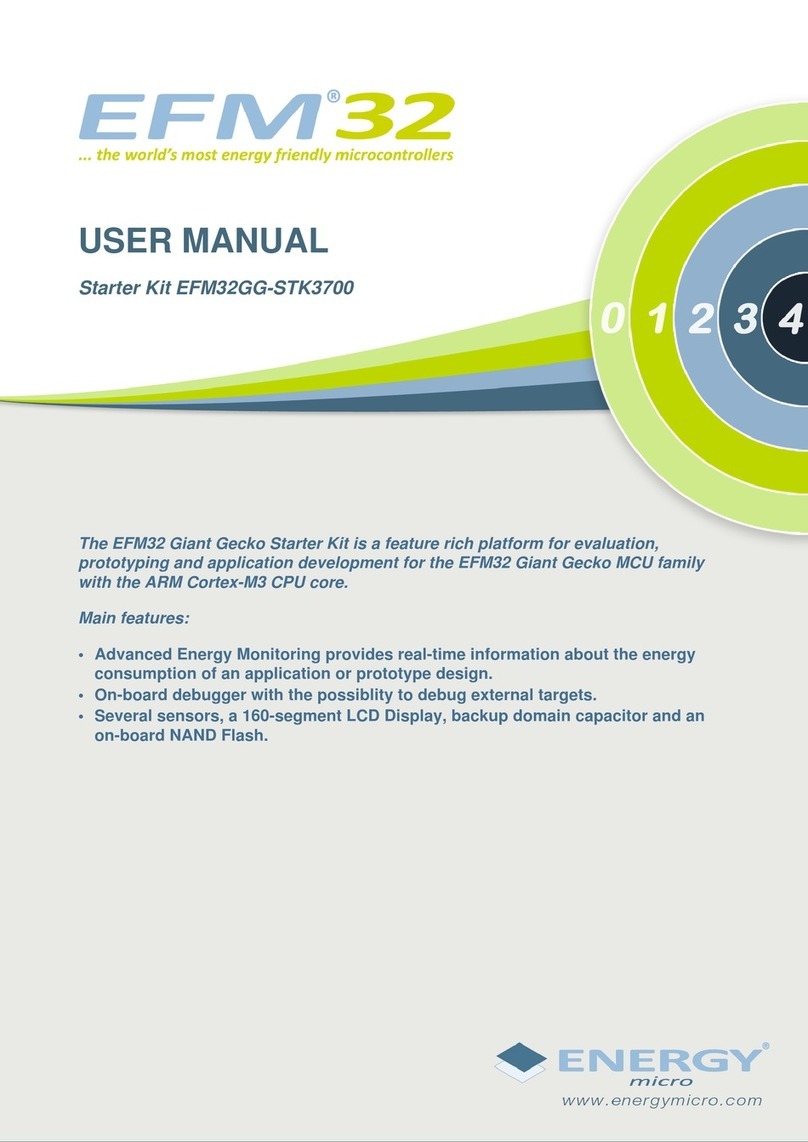
3 SYSTEM SETUP
3.1 Assembling the 3 DOF Hover
The Hover system comes partially disassembled and this section explains how to install the system and do some
device-only wiring. Connecting the 3 DOF Hover to the amplifiers and the data acquisition device is explained in
Section 3.3.
Follow these steps to setup the 3 DOF Hover system:
1. Place the base of the 3 DOF Hover, Component # 11 shown in Figure 2.1, on a table or on the floor.
2. Assemble the body to the main base by aligning the pitch/roll encoder frame, i.e., the yoke shown in Figure
2.2 as Component #6, with the top of the base and tighten the thumb screws.
Caution: Once the body is installed on the support base, do not lift the system from the helicopter body.
Always carry from the base with one hand and stabilize the body with the other hand. Never
apply extreme loads in the vertical direction!
3. Connect the flat 5-pin connector from the pitch encoder (Component #5 in Figure 2.2), i.e., the encoder that
is labeled Pitch, to the 5-pin connector on the Encoder/Motor Circuit, Component #7 in Figure 2.2. Align the
GND pin #1 on the cable to the BR pin on the Encoder/Motor circuit.
4. Connect the flat 5-pin to 5-pin-stereo-DIN cable from the roll encoder (Component #4 inFigure 2.2) to the
5-pin-stereo-DIN connector on the Encoder/Motor circuit board that is labeled ENCODER.
5. Connect the flat 5-pin-stereo-DIN to 5-pin-stereo-DIN cable from the four motors (Component #2 in Figure 2.2)
to the 5-pin-stereo-DIN connector on the Encoder/Motor circuit board that is labeled MOTORS.
Caution: Exposed moving parts. Ensure all obstructions that may interfere with the complete 360-degree
axial motion of the helicopter are removed before performing any experiment.
3.2 Balancing the 3 DOF Hover
Before running the experiments, the frame of the 3 DOF Hover must be horizontal with the ground when the system
is at rest.
1. Using the supplied with weight clips, Component #3 in Figure 2.2, move the clips around the edge of the circular
frame until the frame is balanced, i.e., parallel with the floor.
2. The system is always balanced before being shipped. However, some re-adjustments to the weights may have
to be made as the wires from the body to the base do affect the balance.
3.3 Typical Connections
This section describes the typical cabling connections that are used by default for the Quanser 3 DOF Hover system.
The encoders are connected directly to the data-acquisition device and provide the necessary position feedback to
control the helicopter. The data acquisition (DAQ) device outputs a control voltage that is amplified and drives the
front, back, left, and right motors. Figure 3.1 illustrates the wiring between a generic data acquisition device, the
Quanser 3 DOF Hover base, and a four-channel amplifier. These connections are described in detail in Section
3.3.1 and summarized in Table 3.1.
3 DOF HOVER User Manual v 1.0


























